Imagine a world where your car takes a selfie to advertise itself online. That’s almost what modern digital marketing in the automotive industry feels like. In an era where every click can lead to a sale, the significance of digital marketing cannot be underestimated. From social media to SEO, email campaigns to video content, marketing strategies evolve as swiftly as the latest car models hit the market. Here at Plerdy, we understand this dynamic and offer tools that help automotive brands navigate the digital space effectively. Let’s dive into the key digital marketing strategies that unlock new possibilities for the automotive industry.
Introduction to Automotive Digital Marketing
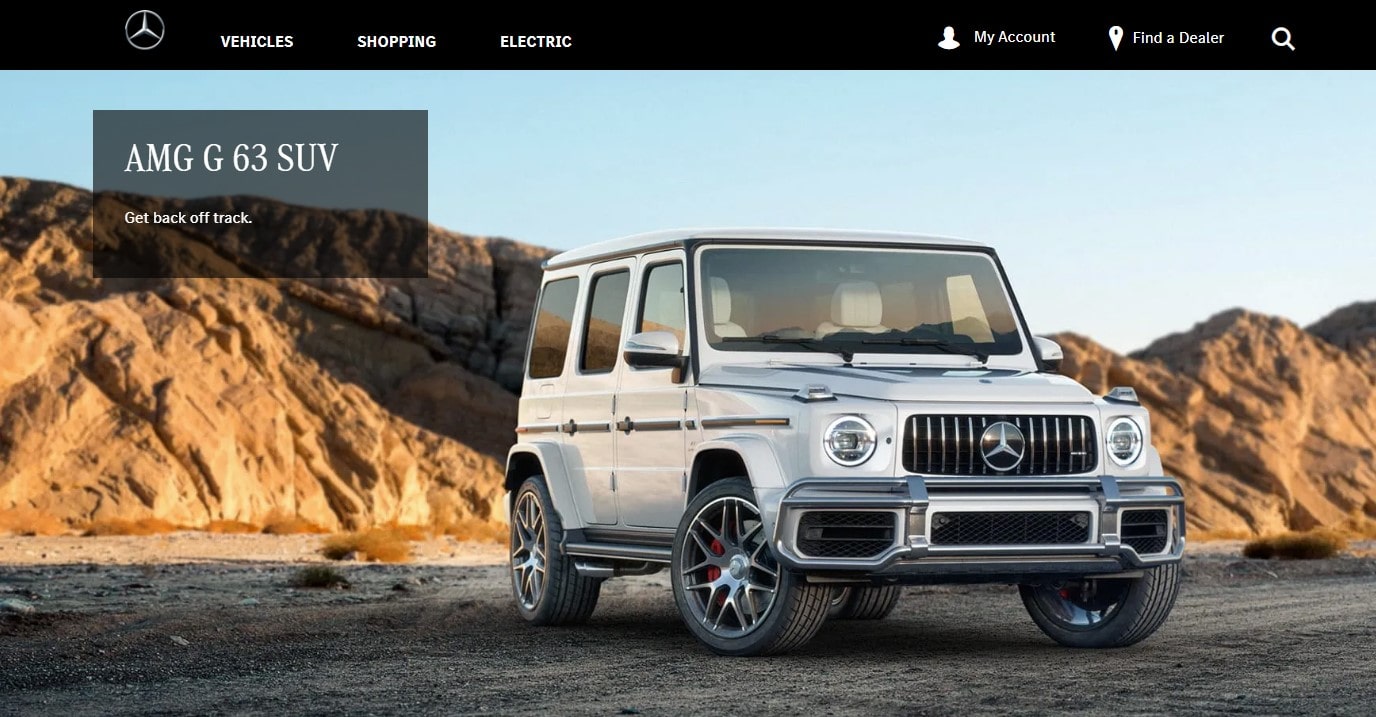
Automotive digital marketing turbocharges brand visibility and sales in the digital fast lane. As potential buyers shift their research and shopping habits online, having a strong digital presence has become not just an option but a necessity for automotive brands. This introduction will teach you the fundamentals of automotive digital marketing to help your brand win the race.
Understanding Your Audience
The first gear in automotive digital marketing involves understanding your audience. Identifying who they are, what they want, and how they search for information online is crucial. Customizing content and adverts to their demands boosts engagement and conversions.
Leveraging Social Media
Automotive firms may promote their products and interact with potential customers on social media. From Facebook’s detailed targeting to Instagram’s visually appealing ads, these platforms allow for creative and effective brand promotion.
SEO & Content Marketing
A well-structured website optimized for search engines (SEO) and compelling content marketing can drive significant organic traffic. Articles, blogs, and videos that answer common questions or provide valuable information about vehicles can position your brand as an authority in the automotive industry.
Email Marketing
Despite being one of the oldest digital marketing tools, email marketing remains highly effective. Personal emails with updates, incentives, and maintenance suggestions can boost engagement and repeat business.
PPC and Display Ads
Pay-per-click (PPC) and display advertising offer a way to get your brand in front of people actively searching for automotive products or services. These targeted ads can lead to immediate visibility and higher conversion rates.
Video Marketing
Video marketing has become essential for automobile businesses, thanks to YouTube. Videos can showcase vehicle features, testimonials, or behind-the-scenes looks at the manufacturing process, providing viewers with a rich, engaging experience.
Analytics and Adaptation
Finally, analytics are essential for measuring marketing success. Tools like Google Analytics and Plerdy can offer insights into website traffic, user behavior, and conversion rates, allowing you to refine and adapt your strategies for maximum effectiveness.
Leveraging Social Media Platforms in Automotive Digital Marketing
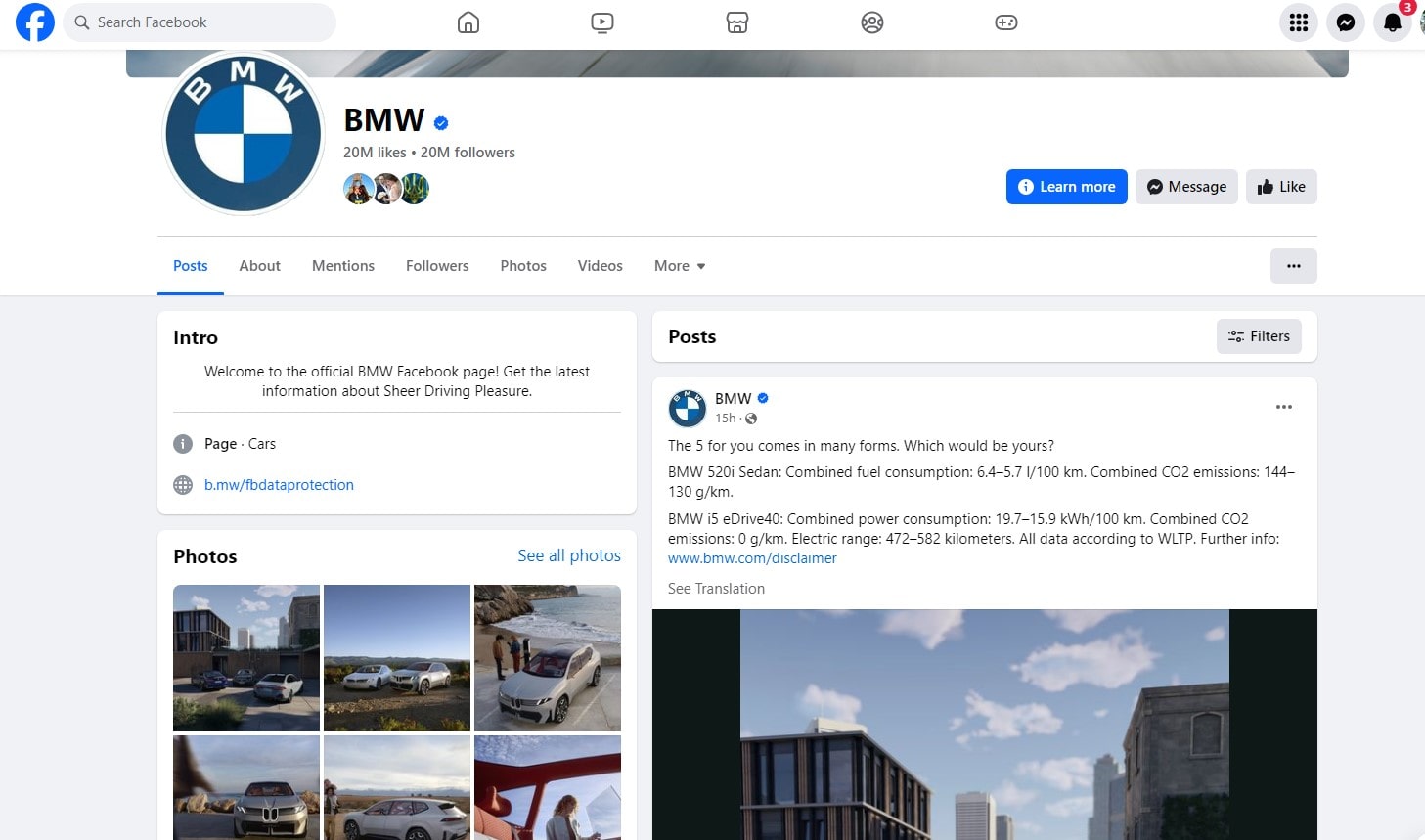
Social media transcends its casual origins, emerging as a powerhouse in automotive digital marketing. With its global user base spanning billions, platforms like Facebook, Instagram, Twitter, and LinkedIn are pivotal in propelling automotive brands into the digital forefront. This guide delves into optimizing social media platforms to rev up your automotive brand’s online engagement and presence.
Maximizing Facebook & Instagram in Automotive Marketing
Facebook and Instagram stand at the forefront of visual storytelling and targeted advertising within the automotive digital marketing sphere. Facebook’s intricate targeting capabilities enable automotive brands to pinpoint specific demographics, interests, and behaviors, while Instagram’s visual emphasis is ideal for displaying high-resolution images and videos of automobiles. Interaction through comments, stories, and live videos on these platforms can accelerate brand visibility and cultivate loyalty.
Twitter for Real-Time Automotive Engagement
The swift nature of Twitter is perfectly suited for real-time engagement, making it an essential tool in automotive digital marketing strategies. Automotive brands can leverage Twitter to disseminate news and updates and engage in trending topics. Utilizing relevant hashtags enhances visibility and facilitates conversations with potential customers.
LinkedIn for Automotive B2B Digital Marketing
For automotive brands with a B2B focus, LinkedIn offers a rich vein of opportunities. It is a prime platform for disseminating industry insights and company news and forging professional connections. In-depth writing and thought leadership can establish your brand as an automotive authority.
Automotive Digital Marketing Through Social Listening
Employing social listening tools is crucial for monitoring brand mentions across social platforms, providing insights into customer perceptions and uncovering engagement opportunities. Addressing feedback promptly, whether praise or critique, underscores your brand’s commitment to customer satisfaction.
Creative Content Creation in Automotive Marketing
Effective automobile digital marketing requires audience-relevant content. Content ranging from behind-the-scenes insights and customer testimonials to vehicle features should weave a narrative that connects emotionally. Interactive elements like polls and quizzes can further bolster engagement and yield insightful data.
Consistency in Brand Voice Across Digital Platforms
Automotive digital marketing requires a consistent brand voice across social media channels for brand recognition and trust. This voice should mirror your brand’s identity and core values, making it relatable and attractive to your intended audience.
By harnessing social media’s strategic potential, automotive brands can significantly enhance their digital marketing efforts, driving engagement and building lasting relationships with their audience.
Mastering SEO for Digital Marketing in the Automotive Industry
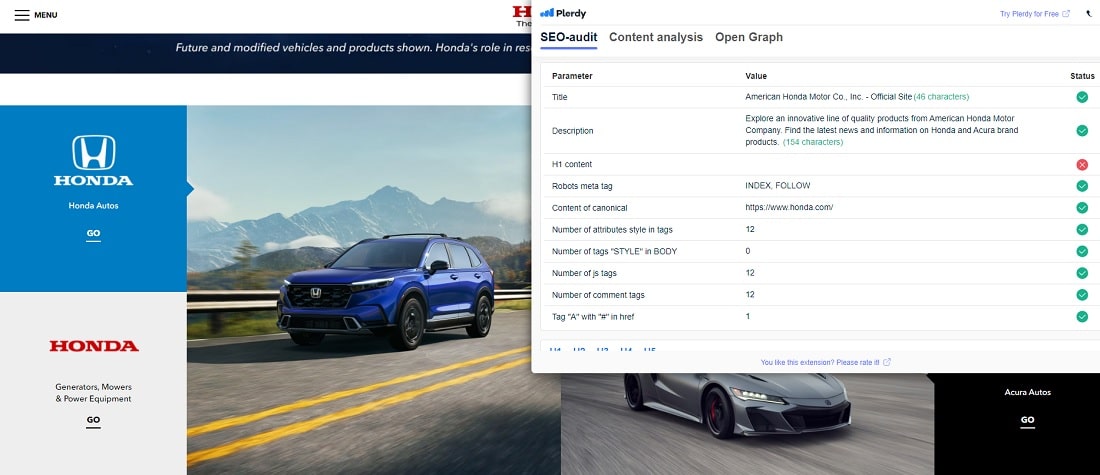
In the fast-paced digital arena of the automotive sector, SEO acts not just as the engine but as the nitrous oxide boost, catapulting your website past competitors. With many automobile shoppers initiating their quest online, securing a top spot in search results is pivotal for enhancing visibility and steering increased traffic to your site. Let’s review the intricacies of mastering SEO for your automotive digital marketing strategy, ensuring your brand zooms to the forefront on Google’s leaderboard.
Decoding SEO Basics for Automotive Digital Marketing
SEO combines technology and marketing to optimize your website for search engines like Google. It involves deciphering potential customers’ digital footprints, from the keywords they use to the content they prefer. Your site needs the correct keywords, meta tags, and descriptions for automobile digital marketing.
On-Page SEO Techniques for Automotive Websites
On-page SEO focuses on refining each webpage to increase rankings and attract more pertinent traffic. This encompasses the optimization of title tags, content, internal links, and URLs with keywords that resonate with your automotive digital marketing goals. High-quality, keyword-dense content that addresses your audience’s needs can significantly enhance your search position.
Off-Page SEO Strategies for Automotive Marketing
Off-page SEO involves external efforts to influence your website’s stature on the search engine results pages (SERPs). Crucial tactics include creating backlinks from esteemed automotive sites, leveraging social media marketing, and engaging with influencers. The greater the number of quality sites linking back to yours, the higher the authority and trustworthiness your site garners in the eyes of search engines.
Optimizing for Mobile in Automotive Digital Marketing
Given the dominance of mobile browsing, ensuring your automotive website’s mobile responsiveness is imperative. Google’s mobile-first indexing prioritizes mobile content for indexing and ranking, making mobile optimization a cornerstone of automotive digital marketing for SEO success and user engagement.
Continuous SEO Analysis and Evolution
SEO in automotive digital marketing demands constant vigilance and adaptability. Google Analytics and Search Console reveal your site’s search performance, keyword productivity, and improvement opportunities. Diligent analysis and strategic adjustments are crucial for sustaining and elevating your SEO standings in the competitive automotive digital marketing landscape.
Effective Email Marketing Campaigns
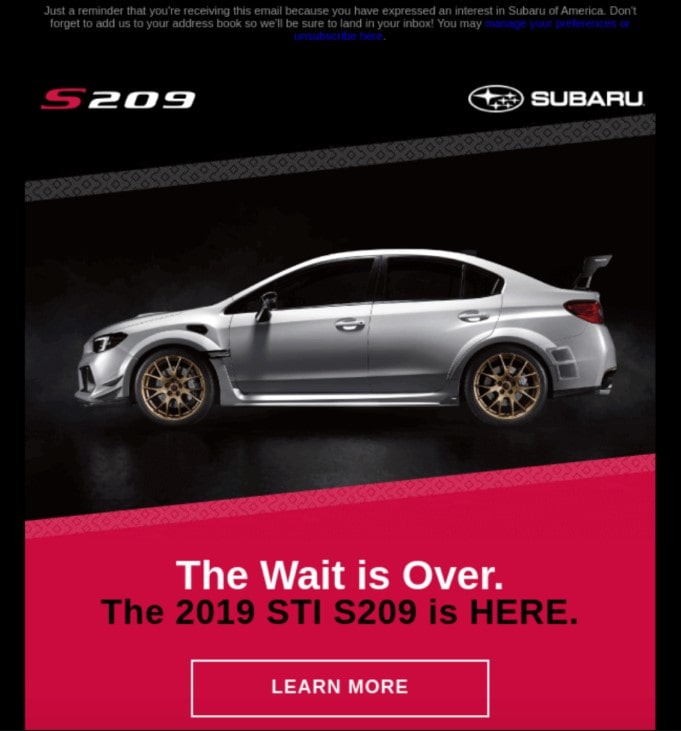
An effective email marketing campaign can be your secret weapon in an era where inboxes are battlegrounds for attention. Email marketing keeps potential vehicle consumers interested and informed during the lengthy interest-to-purchase process. Let’s buckle up and navigate through creating email campaigns that drive results, ensuring your messages reach the inbox and spark action.
Crafting Compelling Content
Effective email marketing relies on captivating content. This requires automobile businesses to send informative, engaging, and exciting emails. From the latest car models and exclusive offers to maintenance tips and industry news, your content should resonate with your audience’s interests and needs. Personalization goes a long way here—using the recipient’s name, past interactions, and preferences to tailor the message can significantly boost open rates and engagement.
Designing for Engagement
Your email design matters as much as its content. In a visually driven industry like automotive, your emails need to look good on all devices. Use high-quality images of your vehicles, but balance visuals with text to avoid spam filters. CTAs should clarify what to do next, whether booking a test drive, perusing the latest models, or taking advantage of a great deal.
Segmentation and Personalization
Not all customers are the same, and neither should be your emails. Segmenting your email list allows you to send more targeted, relevant messages. You may have a segment for those interested in electric vehicles, another for luxury car enthusiasts, and another for regular maintenance and service offers. Tailoring your message to each segment increases the likelihood of engagement and conversion.
Measuring Success
The only way to improve your email marketing campaigns is by measuring their performance. Open, click-through, conversion, and unsubscribe rates provide invaluable insights into what’s working and what’s not. Google Analytics can record how email marketing affects website traffic and purchases. Regularly reviewing these metrics allows you to refine your approach for even better results in the future.
Leveraging Video Content in Digital Marketing for Engagement
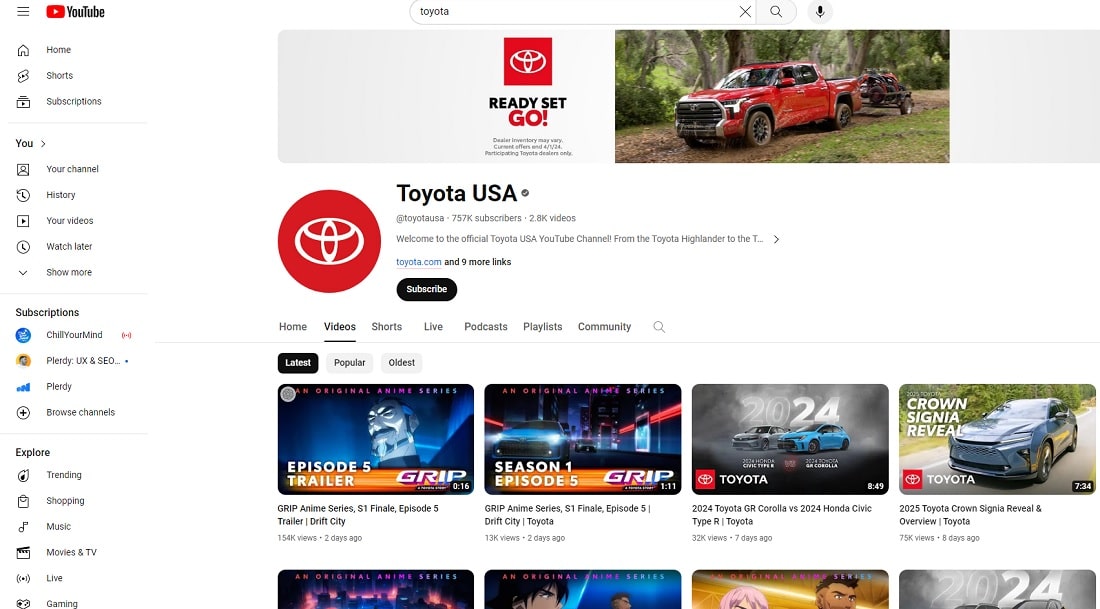
In today’s fast-paced digital landscape, where the human attention span dwindles to unprecedented lows, captivating your audience presents a formidable challenge—and an imperative necessity. Video content, the champion of the digital marketing era, emerges as a pivotal tool. It seizes attention and maintains it, delivering multifaceted messages in an easily consumable and frequently entertaining manner. Let’s delve into how deploying video content can elevate engagement and supercharge your digital marketing campaigns, ensuring your message reaches and profoundly impacts your audience.
The Impact of Video Testimonials in Digital Marketing
Nothing cements trust like the firsthand accounts of satisfied customers. In digital marketing, video testimonials are a potent instrument, particularly within the automotive sector, enabling prospective customers to envisage themselves as contented clients. These testimonials should showcase various experiences, centering on the emotional arc of purchasing with your brand and the contentment stemming from the product, thereby enhancing your digital marketing strategy.
Highlighting Vehicle Attributes and Reviews with Video Content
In the virtual showroom that digital marketing offers, video reigns supreme. Demonstrating vehicle features via video tours affords customers a detailed examination of your offerings, closely simulating the tactile showroom experience. Reviews should transcend basic specs, shedding light on the driving experience, comfort, and distinctive attributes—elements most vividly portrayed through engaging video content, thereby optimizing your digital marketing approach.
Transparency Through Behind-the-Scenes and Manufacturing Videos
In the digital marketing playbook, transparency is a cornerstone of trust. Videos unveiling the manufacturing process, the innovation powering the vehicles, and the individuals behind their creation bolster brand allegiance. Such content doesn’t just enlighten but also deepens the bond between your brand and its audience, serving as a critical component of effective digital marketing strategies in the automotive domain.
Pay-per-click (PPC) Advertising in Automotive Digital Marketing
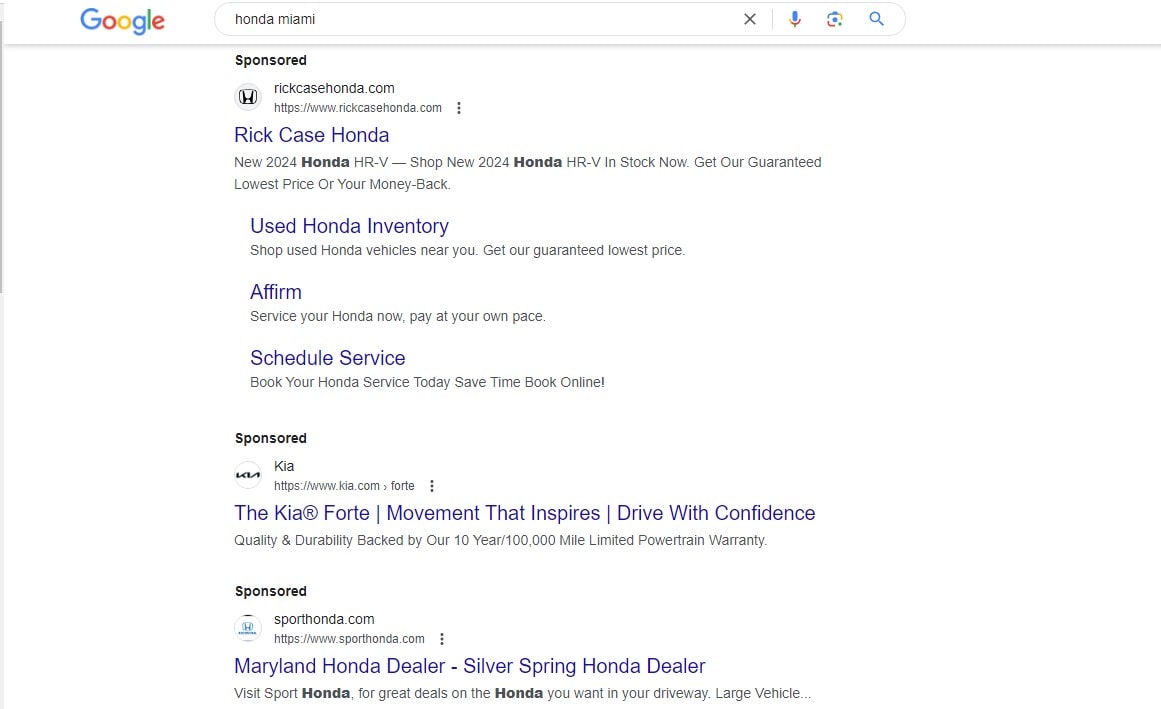
In the fast-paced digital landscape, mastering Pay-Per-Click (PPC) advertising is beneficial and essential for automotive digital marketing professionals. PPC emerges as a guiding light in the expansive sea of digital marketing, directing potential clients straight to your automotive offerings. When skillfully deployed, this dynamic tool can channel targeted traffic to your automotive website with unparalleled precision and efficiency. Let’s develop an impactful PPC campaign that accelerates your marketing strategy and generates measurable outcomes.
Strategizing Your PPC Approach in Digital Marketing
Initiating a PPC campaign requires a clear delineation of your marketing objectives. Whether the aim is to bolster brand visibility, cultivate leads, or drive sales, these goals will steer your bidding tactics, keyword selection, and the choice of digital advertising platforms. Conducting thorough keyword research is crucial; selecting optimal keywords enables you to effectively engage your target audience precisely when they exhibit readiness to interact.
Implementing and Refining Your Ad Campaign
PPC campaign preparation involves:
- Choosing platforms like Google Ads and Bing Ads.
- Writing interesting ad copy.
- Develop visuals that resonate with your target demographic.
Your advertisements should underscore the distinct advantages of your automotive products and incorporate definitive calls-to-action (CTAs) that encourage user engagement. Continuous monitoring and adjustment of your campaign, guided by performance analytics, are vital to securing the maximum return on investment (ROI). This involves fine-tuning bids, honing in on your audience segments, and conducting A/B tests on various ad components to discern the most effective strategies.
Evaluating Performance and Enhancing ROI
The true essence of PPC advertising in digital marketing lies in its capacity for detailed measurement. Automotive marketers may track CTRs, conversion rates, and ROI in real-time with digital marketing platforms like Google Analytics. Leveraging this data for informed decision-making is key to continuously optimizing your PPC strategy, ensuring your automotive digital marketing efforts drive optimal efficiency and effectiveness.
Content Marketing for Automotive Brands
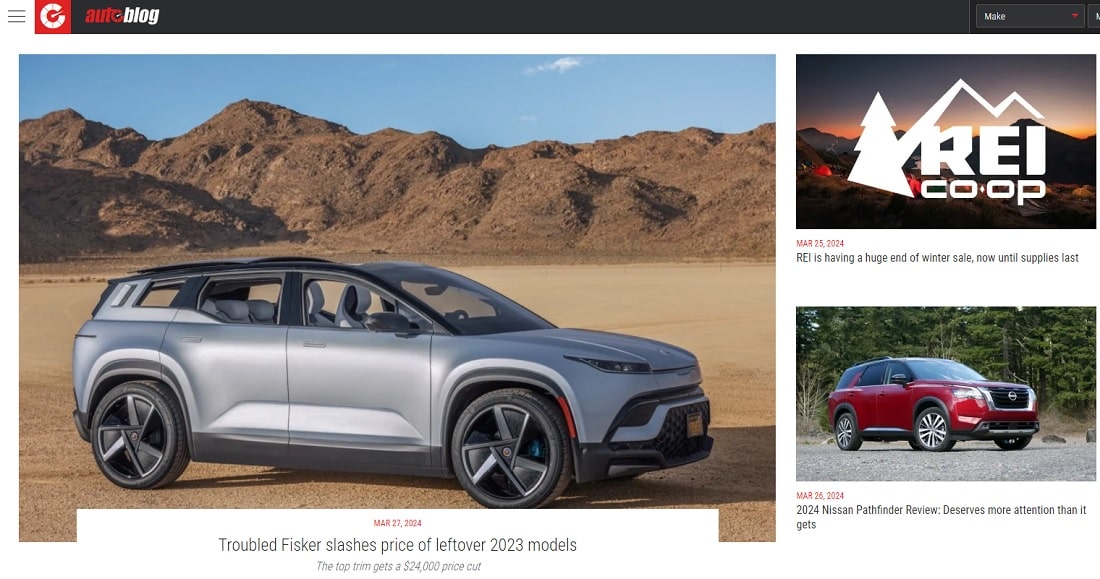
In a world where consumers are bombarded with endless streams of advertisements, content marketing offers a breath of fresh air. It’s not about selling; it’s about telling stories that resonate with your audience, providing value beyond the product itself. For automotive brands, this means shifting from traditional marketing tactics to creating content that engages, informs, and delights potential customers. Let’s explore how automotive brands can fuel their marketing strategy with content that drives engagement and accelerates customer loyalty.
Crafting Engaging Automotive Content
The road to effective content marketing begins with understanding your audience. What are their pain points, interests, and automotive dreams? Buyer personas let you personalize content to your audience’s demands. From there, storytelling becomes your most powerful tool. Share stories of innovation, sustainability, and the open road that tap into people’s emotional connection with their vehicles. Whether blog posts, infographics, or videos, your content should always aim to inform, entertain, or solve problems.
SEO-Driven Content Strategy
An SEO-driven strategy is essential to ensure your content is seen. Keyword research will help you write about issues your audience looks for online. But don’t just stuff your articles with keywords; create valuable content that naturally incorporates these terms. Google rewards content that provides value to readers, so make quality your top priority.
Leveraging Social Media and Influencers
Social media enhances content distribution and reach. Please share your stories, infographics, and videos on platforms where your target audience spends their time. Influencers who support your business can help spread your material to potential customers through reputable automotive voices.
Analytics and Performance Measurement
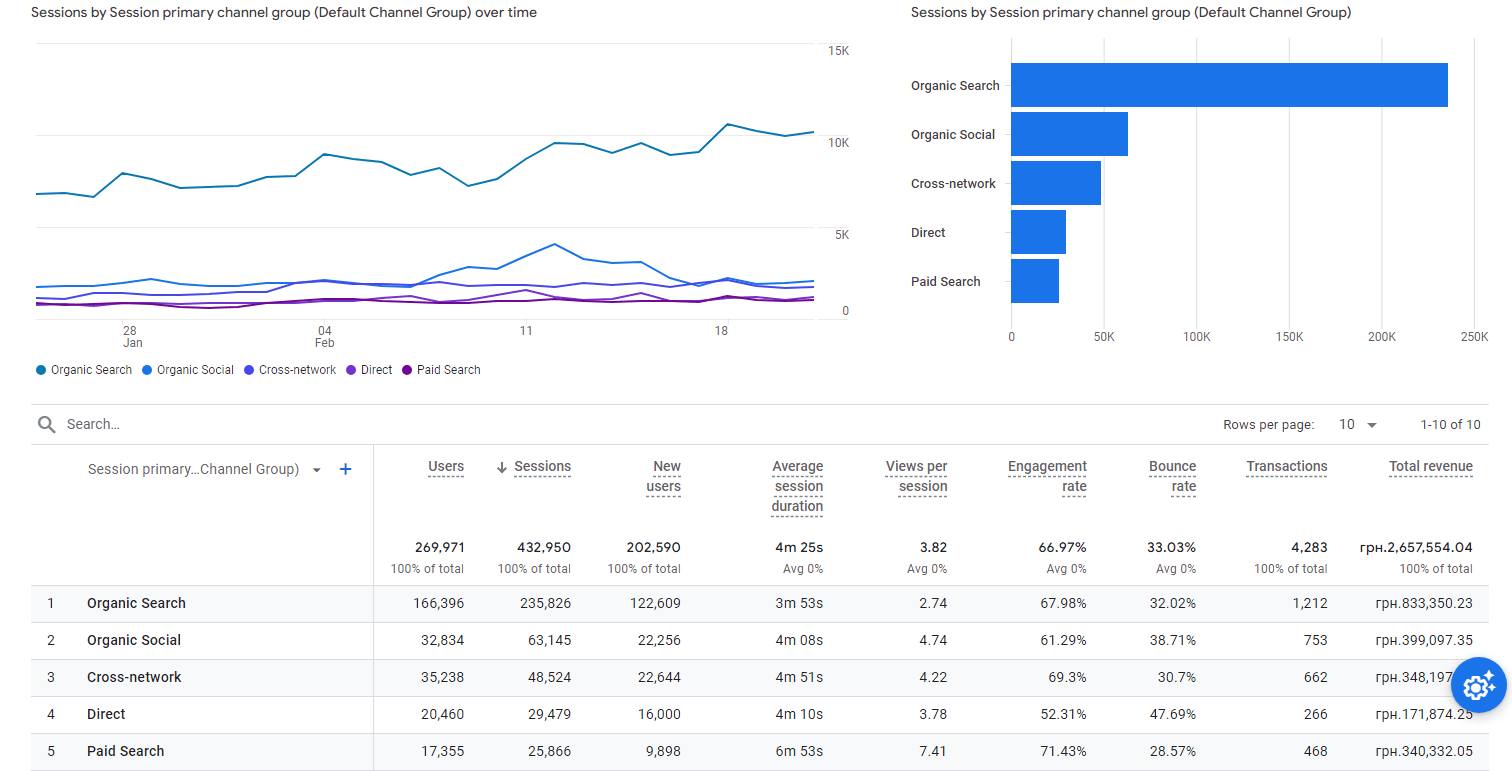
Driving without a dashboard is like navigating without a map in the digital marketing race. Analytics and performance measurement are the GPS for marketers, providing the insights needed to steer your automotive brand toward success. By understanding which metrics matter and how to interpret them, you can optimize your marketing efforts for better performance and ROI. Let’s buckle up and dive into analytics, ensuring every marketing move is data-driven and every strategy is on the right track.
Key Performance Indicators (KPIs)
Identifying the right KPIs is crucial for measuring success. This might include website traffic, lead conversion rates, engagement rates on social media, and email campaign performance for automotive brands. Each KPI offers a piece of the puzzle, helping to paint a complete picture of your marketing effectiveness.
Utilizing Analytics Tools
Tracking KPIs with Google Analytics and social media analytics solutions is essential. They allow you to delve into the data, from understanding user behavior on your website to measuring the reach and engagement of your social media posts. Regularly reviewing this data helps identify trends, pinpoint what’s working, and highlight areas for improvement.
Making Data-Driven Decisions
The real power of analytics lies in its ability to inform decisions. By analyzing performance data, automotive marketers can refine their strategies, allocate budgets more effectively, and tailor content to better meet audience needs. It’s about responsiveness and incremental improvements that drive better results over time.
Conclusion
Navigating the digital landscape in the automotive industry is like driving on an open highway; the possibilities are endless if you know the right routes. We’ve explored various strategies, from the power of social media to the precision of PPC and analytics insights. Each strategy is a gear in the complex machinery of digital marketing, essential for driving your brand forward. But the journey doesn’t end here. Hungry for more insights and strategies? Dive into other articles on the Plerdy blog, where we continually share the latest trends and tips to turbocharge your marketing efforts. Discover how Plerdy’s analytics tools can transform your data into actionable insights, driving your automotive brand to pole position in the digital race.
